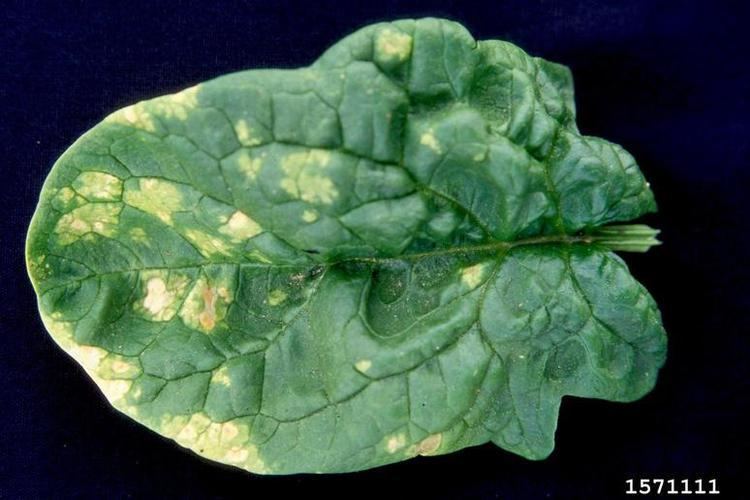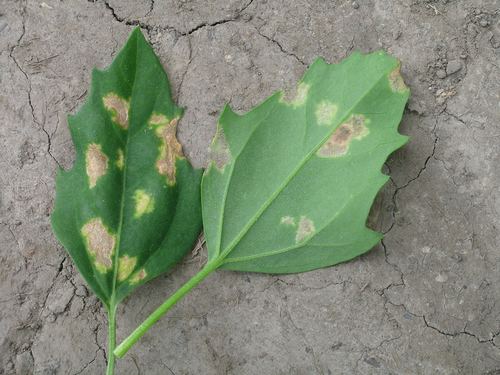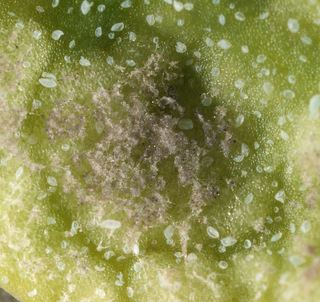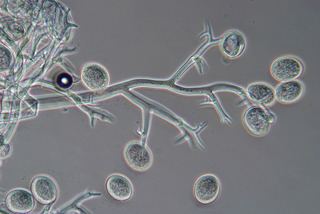Superphylum Heterokonta | Class Oomycetes Genus Peronospora Rank Species | |
 | ||
Similar Peronospora, Peronospora farinosa fsp betae, Erysiphe betae, Bremia lactucae, Peronospora destructor | ||
Peronospora farinosa is a plant pathogen. It causes downy mildew on leaves of wild and cultivated Amaranthaceae: Amaranthus, Atriplex, Bassia, Beta, Chenopodium, Halimione, Salsola, Spinacia, etc. In the past, the forms of Peronospora on these different genera, and their species, were given different species names, but these downy mildews are now generally considered to be forms of one species P. farinosa (see Index Fungorum). Some of the forms on important crop plants have been given names as formae speciales, notably f.sp. betae on sugar beet (= P. schachtii) and f.sp. spinaciae on spinach. Such host specialization possibly also exists with respect to the various wild amaranthaceous hosts of P. farinosa.

Downy mildew is a moderately important disease of sugar beet (Beta vulgaris). The pathogen persists as oospores in the soil, or on beet seed crops, or on overwintered volunteer beet plants . Attacks are most important at the seedling stage. The cotyledons are systemically infected, becoming discoloured and distorted. Loss of seedlings causes uneven crop development. Beet leaves are less affected, so a crop can to a substantial effect recover from an attack on seedlings. Control relies on adequate crop rotation, and avoidance of sources of infection (e.g. adequate control of the disease on beet seed crops). Individual infected plants may be removed. It is not generally necessary to apply fungicides.

Downy mildew has more direct importance on spinach (Spinacia oleracea), since it affects the harvested part (leaves). Yellow lesions appear on the older leaves. Fungicide treatments are effective, and resistant cultivars are available. Oospores survive only 2–3 years in the soil, so crop rotation may be used.


